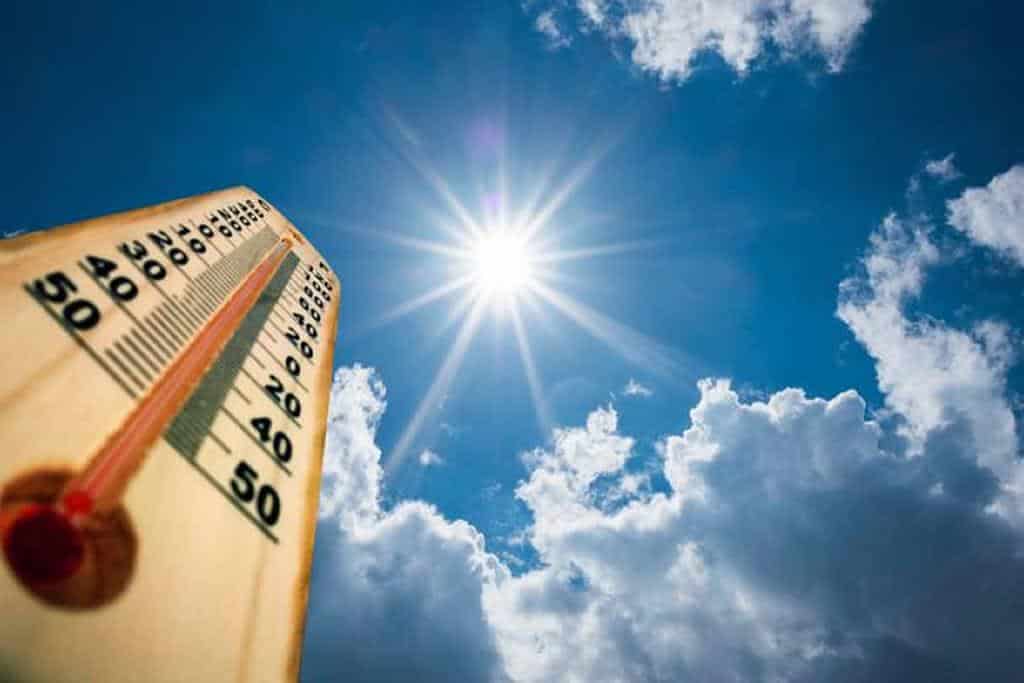
Can the warm weather stop COVID-19?
Last updated on February 27th, 2023 at 07:00 am
Looking daily worldwide data about the COVID-19 pandemic, seems that the coronavirus will remain in circulation for several months. What will be the trend of the epidemic, experts repeat, it is difficult to predict, to determine how much measures and effects of the socio-sanitary containment actions and the characteristics of the virus will weigh. What role could the arrival of the warm season have with the rising temperatures in the spread of the virus? While the vaccine hunt still seems to be long, virologists, epidemiologists and scientists also look to the climate as a possible solution hoping that high temperatures and sultry heat significantly reduce the virus transmission.
A series of studies still at the preliminary stage but agree in hypothesizing that the pandemic could retreat in Europe and North America in the summer months and unfortunately recover ground in the autumn, following the statistical curves of seasonal influences in the northern hemisphere of the planet. Massachusetts Institute of Technology researchers found out that the transmission of COVID-19 was more massive and faster in regions where average temperatures were between 3 and 17 degrees Celsius and the driest air.
Countries with an equatorial climate and those in the southern hemisphere, where it is still summer, have 6% of global cases of infection. These theories are shared by studies of the Chinese universities Bei hang and Tsinghua, which have catalogued data on the trend of the epidemic in 100 cities of the People’s Republic, so extensive as to have had temperatures below zero between January and February in Beijing; harsh weather in Wuhan; subtropical humid heat in the southern provinces of Guangdong and Hong Kong. “The high temperature and high humidity do not block, but at least significantly reduce the transmission of Covid-19,” conclude the Chinese researchers.
Israeli president refuses Netanyahus rival Gantz more time to form government
But some of the places where the virus has already spread are experiencing warm weather right now. “Given that countries currently in summer climates, such as Australia and Iran, are experiencing rapid virus spread, a decrease in cases with increases in humidity and temperature elsewhere should not be assumed”. Writes David A. Relman, MD, of the NAS’ Standing Committee on Emerging Infectious Diseases and 21st Century Health Threats, in a “rapid expert consultation letter” to the White House Office of Science and Technology Policy. “There are significant caveats in all of the studies presented, mostly related to data quality and the limitation in time and location”. Relman said, stressing that there are also important confounding factors associated with geography and, hence, with temperature and humidity.
To conclude, if it is impossible to bet on how the temperature is affected by the virus, on the other hand some factors promise well for the weakening of the epidemic, such as the similarity with other typically seasonal conditions. “Other viruses, such as colds and flu, spread more during the cold months,” noted the American Center for Disease Control and Prevention (CoC), warning at the same time that this does not mean that it is impossible to get sick of these viruses during the other months. It is not known so far whether the spread of Covid-19 infection will decrease with the arrival of the warm climate, but we can’t certainly trust the warm weather to stop the novel coronavirus.





[…] Can the warm weather stop COVID-19? […]
[…] Can the warm weather stop COVID-19? […]
[…] the world continues to fight against Covid-19, the most difficult health crisis since the second post-war period, amazing natural auspicious […]